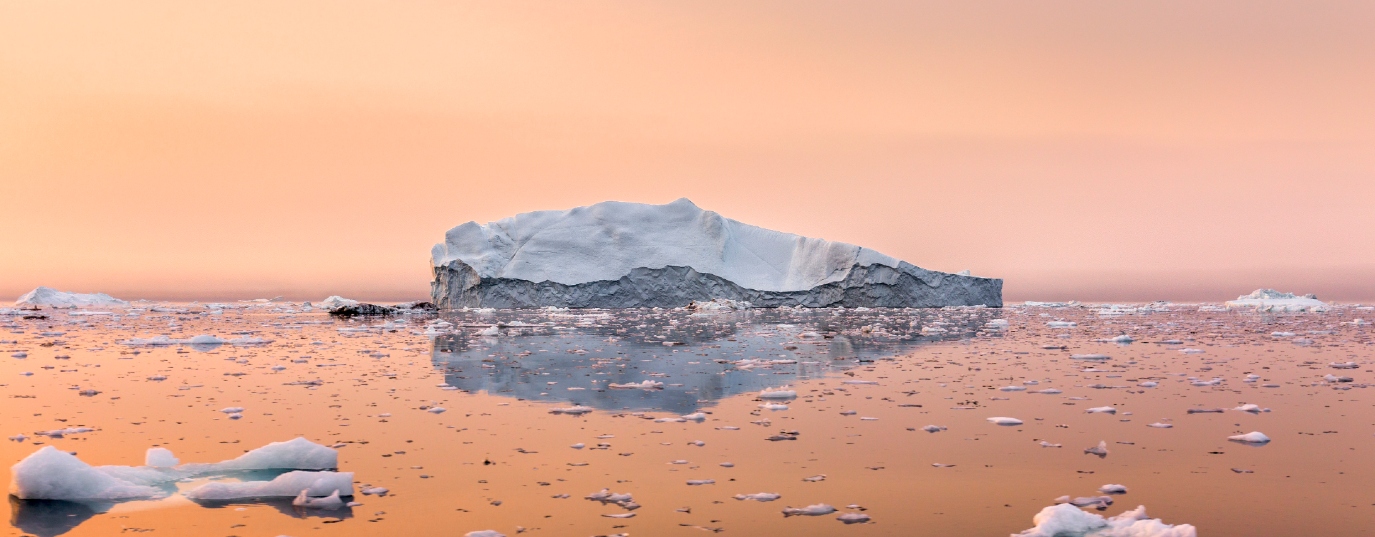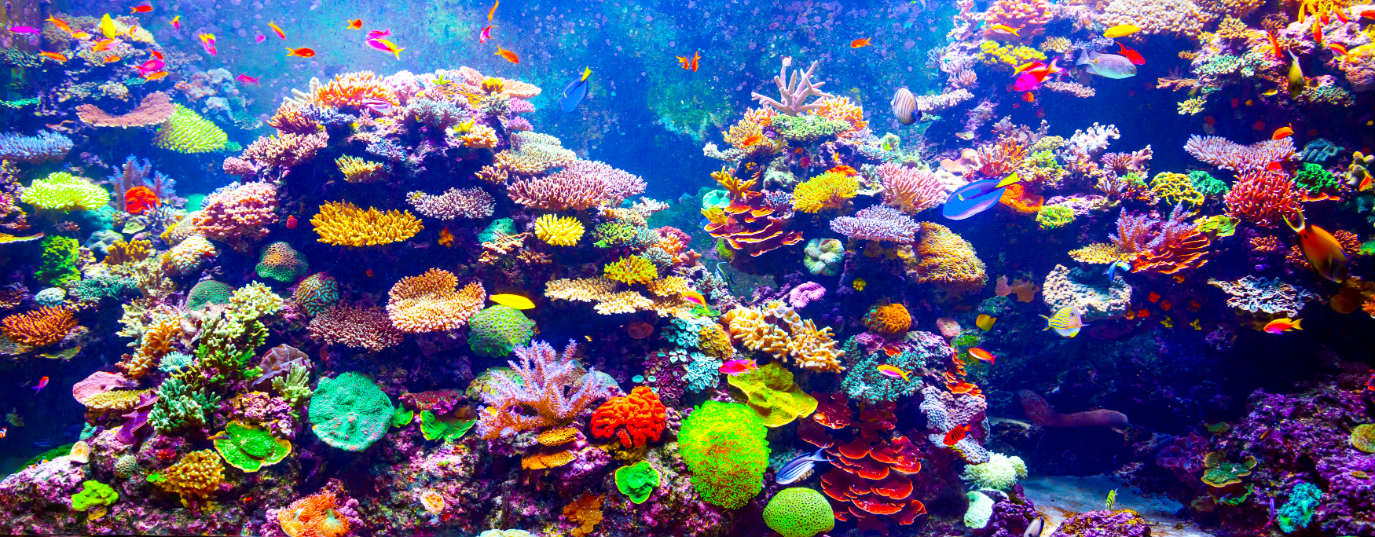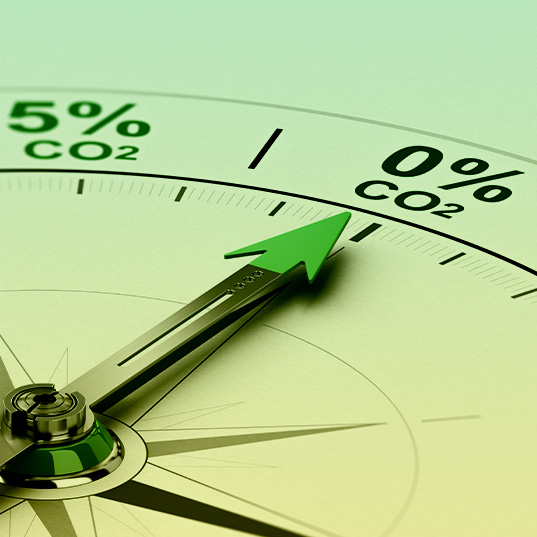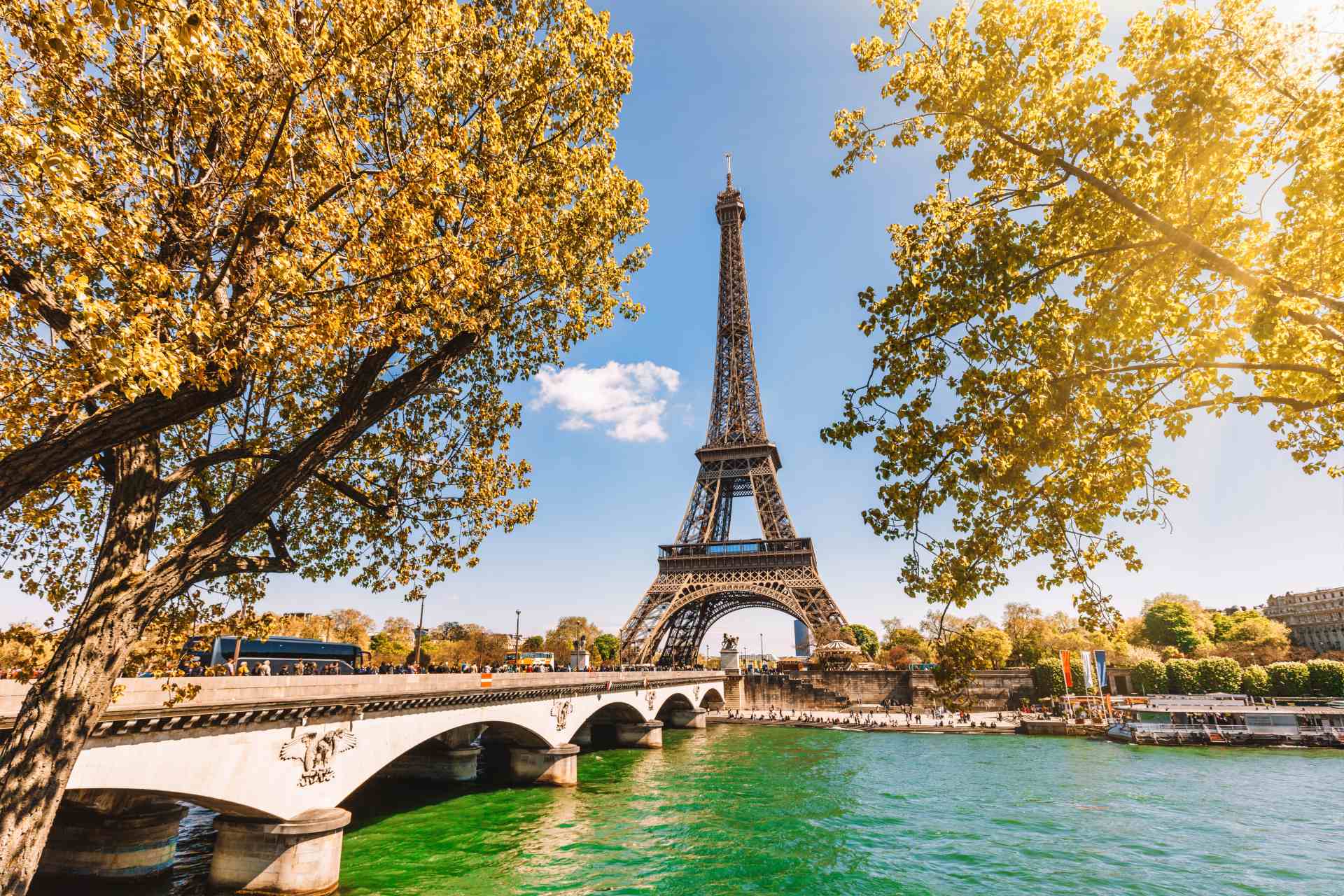How has the climate changed since the Paris Agreement?
It's now been five years since the Paris Agreement was ratified. Its aim was to limit the increase in global temperature and mitigate the effects of climate change. But are its objectives being met?
In 2015, almost every country in the world (196, to be precise) ratified the Paris Agreement, thereby agreeing to keep the increase in global temperature below 2°C, and try to limit it to 1.5°C.
In the last century, our planet has undergone a dramatic rise in temperature: 1.1°C since the pre-industrial period. If this exceeds 2°C, the repercussions will be disastrous for life on earth: droughts, loss of biodiversity, extreme weather, to name but a few of the consequences. Never have a few tenths of a degree been so important.
Five years on, now is a good time to take stock of what has been achieved (or not) during that time. How has the climate changed since the Paris Agreement? Are we on the right track to slowing down global warming? Looking at the data, the answer is no. The reality is that climate change has only got worse since 2015.
The consequences of climate change we are already facing
The last five years have been the warmest since records began. According to the World Meteorological Organization's Statement on the State of the Global Climate, the average global temperature has increased by 1.1°C since the pre-industrial period and by 0.2°C compared to 2011-2015. In fact, 2019 has been the second hottest year in history, second only to 2016, and we have just had the warmest January since we started collecting data.
The average global temperature has increased by 1.1°C since the pre-industrial period and by 0.2°C compared to 2011-2015
One of the most severe consequences of global warming is the melting of the polar ice caps in the Arctic and Antarctic, caused by rising air and sea temperatures. Data also shows that the rate of ice loss has accelerated. Up to 2012, the continent lost an average of 76 billion tonnes of ice per year. In the six years since then, it has lost 219 billion tonnes a year.
Another consequence of the rise in water temperature is thermal expansion: when water heats up, it expands and causes a rise in sea-level. Over the past five years, the sea level has risen by 5 millimetres per year, compared to 4 millimetres in the ten-year period from 2007-2016.
Arguably though, the effect of climate change that we notice the most is the increase in natural disasters. Be it hurricanes, tropical cyclones, droughts or fires, we are seeing more and more extreme weather events, and their effects are increasingly devastating.
Heat waves have been the deadliest weather hazard between 2015 and 2019. All continents have been affected, with loss of human life, forest fires and crop failures all on the rise. During 2017, the Atlantic Ocean experienced one of the worst hurricane seasons ever recorded, while the Indian Ocean saw unprecedented, devastating tropical cyclones during the spring of 2019.

It's time for things to change
Governments have to be willing to comply with the Paris Agreement if we want to curb climate change. The planet is warning us that unless we drastically transform our economies and our global industry, and unless our policymakers truly commit to mitigating the effects of global warming, things are going to get a lot worse.
Decarbonisation policies and measures will be a major step in the right direction to curb global warming and climate change, and could in fact be the driving force for sustainable economic growth and social progress.
To be able to maintain long-term warming at 1.5°C the world will have to reduce CO2 emissions by 45% by 2030, compared to where the figure was in 2010, and achieve net-zero emissions (carbon neutrality) by 2050.
Although we are already suffering the effects of climate change, there is still time to avoid the worst-case scenario. Experts still offer a glimmer of optimism: the world has the scientific understanding, technological capacity and financial means to cope with this climate crisis.
Sources: World Meteorological Organization, Nature, Copernicus Programme, National Oceanic and Atmospheric Administration






